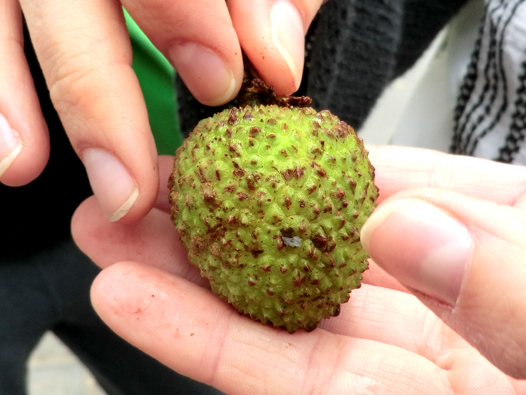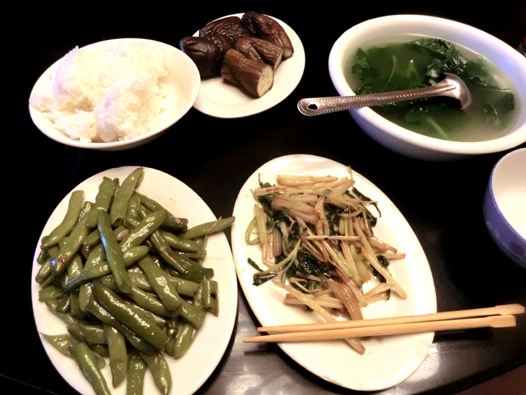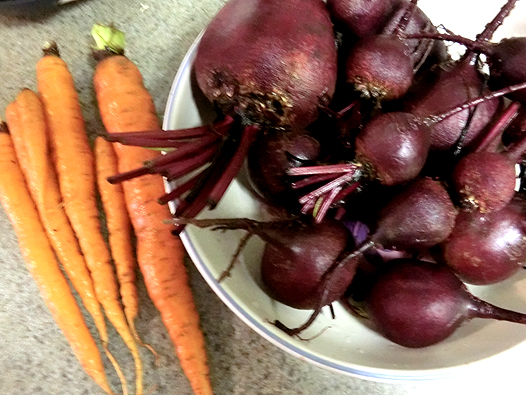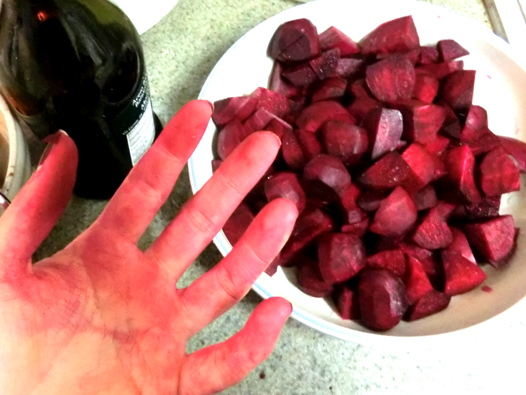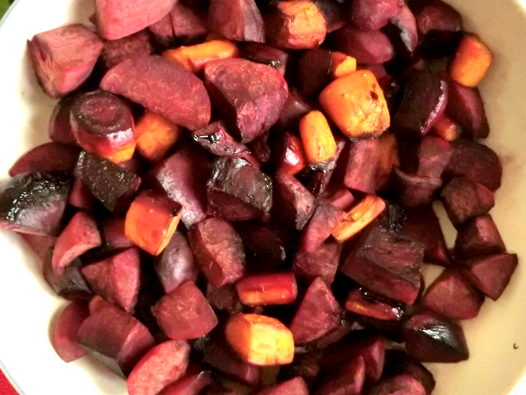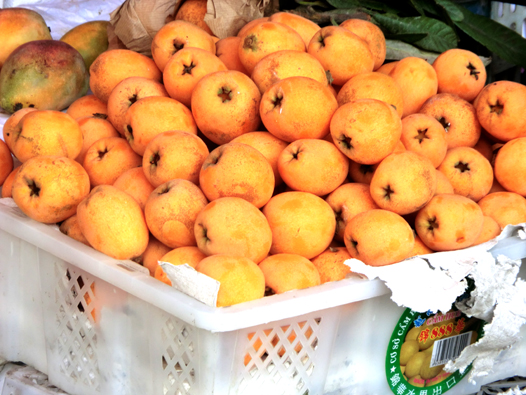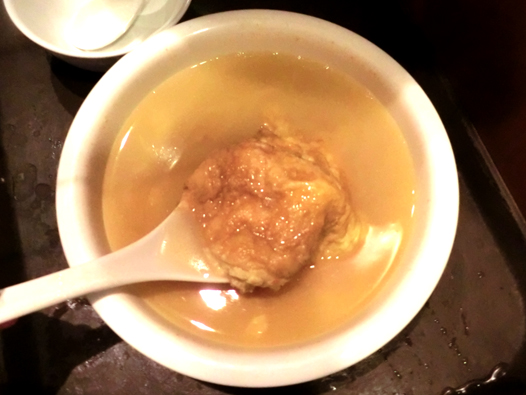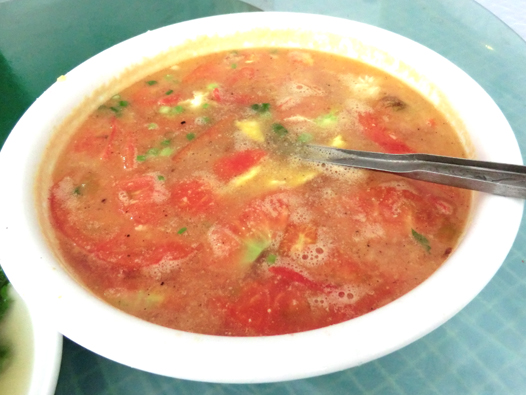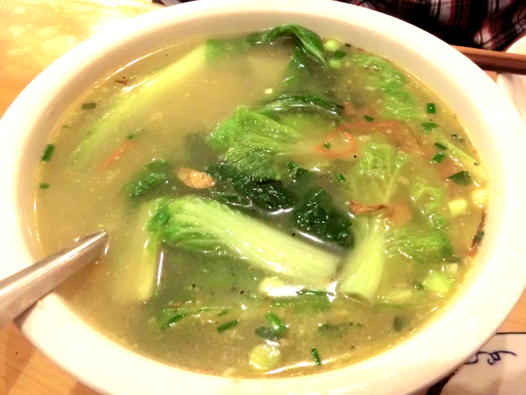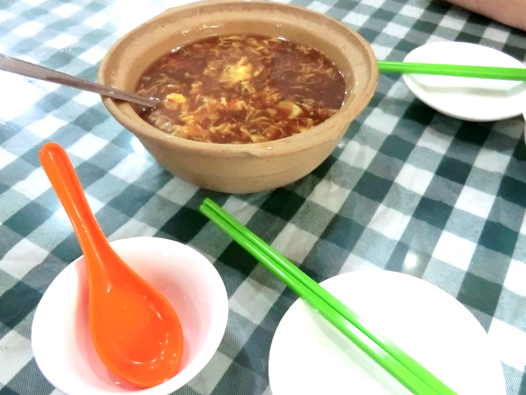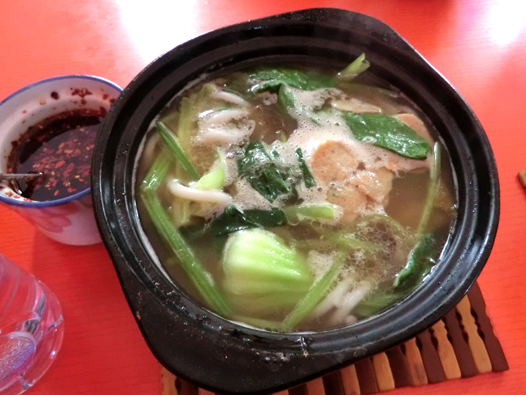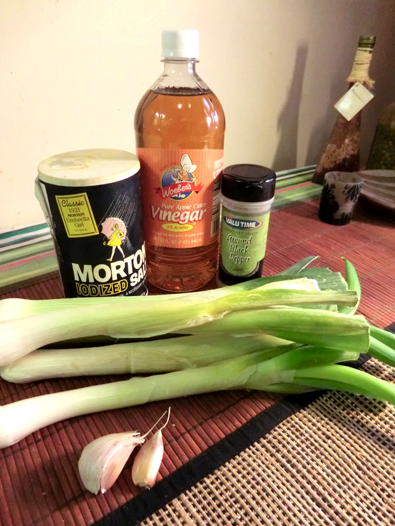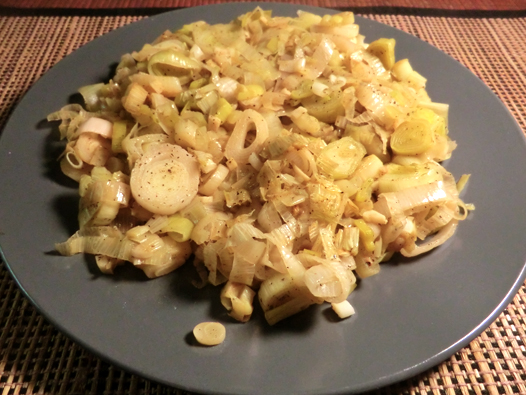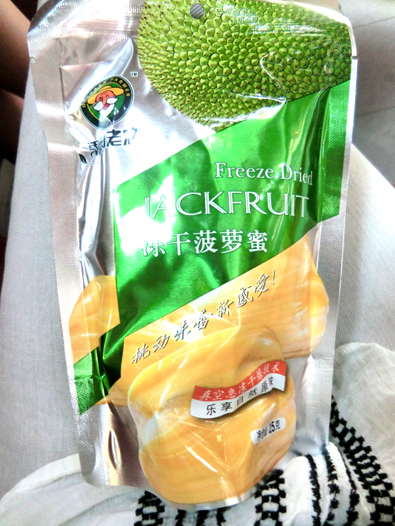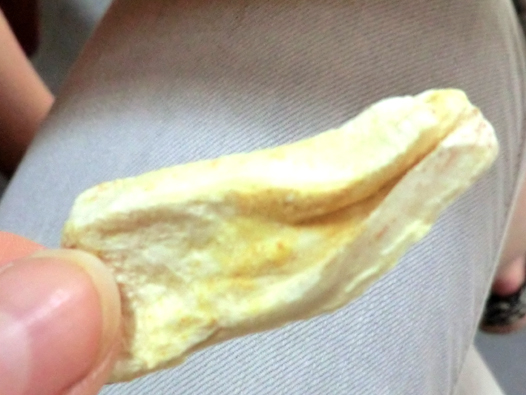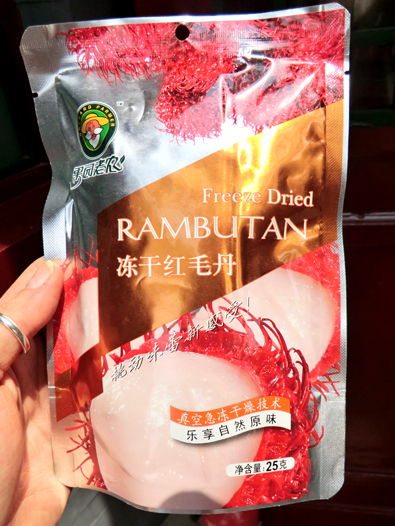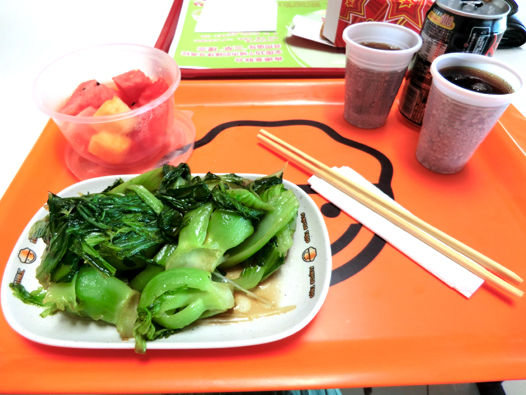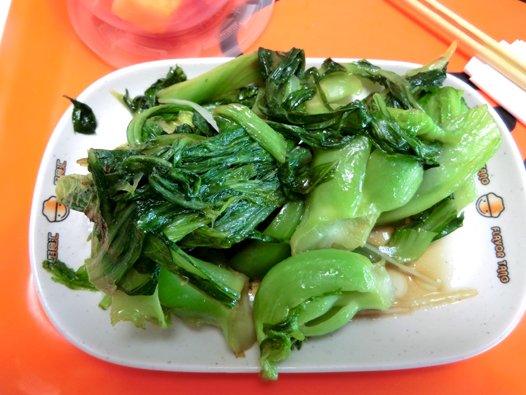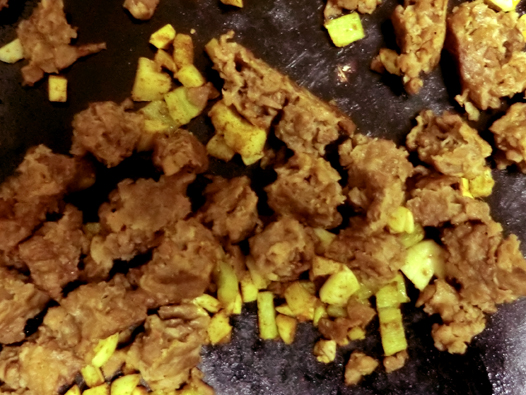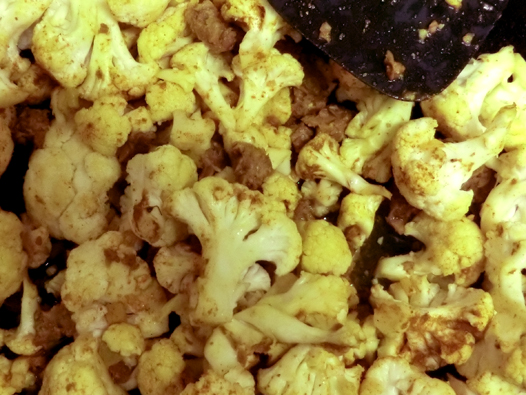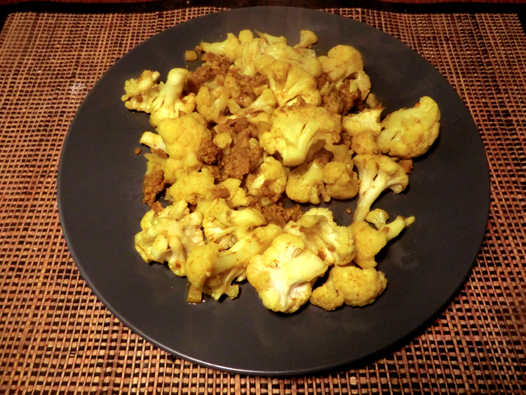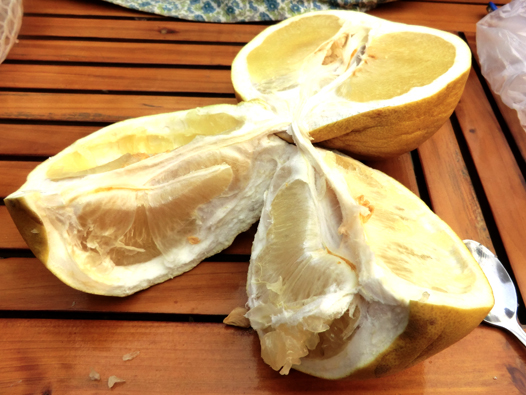I’ve previously posted about longan, or dragon eyes, and it’s time I introduced their better known relative: lizhi, or lychee. Some of you probably have had them canned in syrup – please erase everything you think you know if this is the only way you’ve tasted them. They are so much better than that when fresh!
Lychee are the fruit of Litchi chinensis, a subtropical tree that originated in and is cultivated all across Southeast Asia. Lychees are very popular fresh or in desserts like jellies in China, Vietnam, India, and other Southeast Asian countries, and like longan come in a hard rind that you peel to reveal succulent white flesh.
The fruit is juicy, soft, very sweet and just to die for. It will also get you sticky in that happy way you may associate with lapping up syrup with pancakes. Mmm.

They are also extremely healthy at a whopping 9mg of Vitamin C per tiny fruit – that means you need just 9 fruit, or about 115 grams, to cover your daily need! Lychee also contain a wide variety of minerals, most notably copper, phosphorus and potassium as well as a good deal of fiber. And all that at 8.5 kcal per fruit! (Think about it: 9 fruit amount to 75 kcal, 100% of your daily Vitamin C, and a ton of sweet, sticky goodness. Who could resist?)
I loved fresh lychee, although it was the very, very tail end of their season, so they weren’t as ubiquitous as I would have liked. What are some of your seasonal treats that you can’t resist? Are any of them good for you? Also, have you had fresh lychee, and did you like it?

